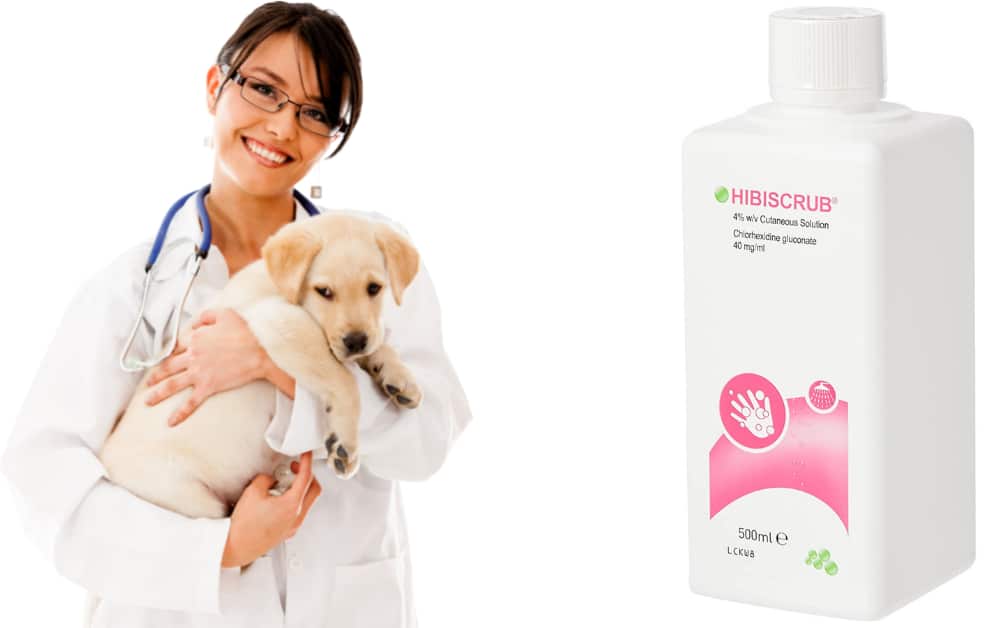As dog owners, we’re always curious about introducing new foods into our furry friend’s diet. One vegetable that often piques curiosity is chayote squash. While we know some veggies are beneficial, others can be downright harmful to dogs. So, can dogs eat chayote squash? Let’s dive deep into understanding whether this unique squash is a safe addition to your dog’s diet.
The good news is that chayote is generally considered safe for dogs in moderation. It is not listed as a toxic food for canines by major veterinary organizations like the ASPCA.
What Is Chayote Squash?
Chayote squash is a unique vegetable that grows mainly in tropical and subtropical climates. It is shaped like a pear, has a pale green, wrinkled skin, and a crunchy texture similar to a cucumber. Known for its mild, slightly sweet taste, chayote can be eaten raw, cooked, or even pickled.
Dogs’ digestive systems are quite different from ours. While some human foods are packed with nutrients, they might not necessarily be beneficial—or even safe—for your pet. This makes understanding each ingredient crucial. So, before adding chayote to your dog’s meal, let’s explore whether it’s a good idea.
Can Dogs Eat Chayote Squash?
Yes, dogs can eat chayote squash. Chayote is non-toxic to dogs and can be a healthy addition to their diet when given in moderation. It contains essential vitamins, minerals, fiber, and moisture, making it a nutritious treat. However, as with any new food, introduce it gradually and watch for any signs of digestive upset or allergies
Low in calories and fat, chayote makes for a light addition to meals. While humans enjoy its crunchy texture and mild flavor, canines might benefit differently from its nutritional profile.
Nutritional Profile of Chayote Squash
Chayote is rich in several essential nutrients, including:
- Vitamin C: Supports the immune system.
- Vitamin B6: Vital for metabolic processes.
- Folate: Important for cell repair.
- Fiber: Aids in digestion.
- Potassium: Supports muscle function.
How Much Chayote Can Dogs Eat?
Portion control is essential when introducing chayote into your dog’s diet. Too much can cause gastrointestinal discomfort, while small, controlled amounts offer nutritional benefits.
Appropriate Serving Sizes
The general guideline for feeding vegetables like chayote to dogs is:
- Small Breeds (under 20 lbs): 1-2 tablespoons per serving.
- Medium Breeds (20-50 lbs): 2-4 tablespoons per serving.
- Large Breeds (50+ lbs): ¼ to ½ cup per serving.
If your dog is eating chayote for the first time, start with the smallest amount to see how they react. Gradually increase the portion size if no adverse effects are noticed.
Common Culinary Uses of Chayote
In human diets, chayote is often used in:
- Salads: Thinly sliced or shredded.
- Stir-Fries: Added to vegetables and proteins.
- Soups: As a filling, hearty ingredient.
- Baked Dishes: Often mixed with cheese or meat.
Is Chayote Squash Safe for Dogs?
The good news is that chayote is generally considered safe for dogs in moderation. It is not listed as a toxic food for canines by major veterinary organizations like the ASPCA.
Potential Benefits of Chayote for Dogs
Many dog owners wonder if the health benefits humans gain from chayote also apply to dogs. The good news is that chayote is not toxic to dogs. In fact, when given in moderation, it can provide several health advantages:
- Supports Digestion: The fiber in chayote can promote regular bowel movements and reduce the risk of constipation.
- Boosts Immunity: The vitamin C content helps maintain a robust immune system, especially beneficial for older dogs.
- Weight Management: Low in calories and fat, it can be a good treat for dogs that need to shed some pounds.
Risks and Precautions When Feeding Chayote to Dogs
Although chayote is generally safe, there are a few precautions to consider:
- Choking Hazard: Due to its firm texture, large chunks can be a choking risk, especially for small dogs.
- Digestive Upset: Too much chayote may cause loose stools or gastrointestinal discomfort.
- Seasonings: Never feed chayote cooked with onions, garlic, or excessive salt, as these are harmful to dogs.
Antioxidant Properties and Immune Support
Chayote contains antioxidants like flavonoids, which help combat oxidative stress. This can be particularly beneficial for senior dogs or those with chronic health conditions. By reducing free radicals in the body, antioxidants support overall well-being and may even help in maintaining a healthy coat and skin.
Furthermore, the presence of folate in chayote plays a role in cell repair and growth. While dogs naturally synthesize some of the necessary vitamins, adding a boost through diet can support vitality, especially in aging pets.
How to Safely Feed Chayote to Your Dog
Feeding chayote to your dog can be a delightful way to add variety to their diet. However, proper preparation and portion control are essential to ensure safety and prevent any digestive issues.
Preparing Chayote: Cooking vs. Raw
While chayote can be eaten raw or cooked by humans, it is best to cook it before giving it to your dog. Cooking softens the texture, making it easier for dogs to chew and digest. Here are a few preparation tips:
- Boiling or Steaming: Softens the chayote without adding unhealthy fats or seasonings.
- Pureeing: Ideal for mixing with your dog’s regular food.
- Avoid Seasonings: Never add salt, spices, onions, or garlic.
If you decide to offer raw chayote, slice it thinly to reduce the risk of choking. Always wash it thoroughly to remove pesticides or contaminants.
Are There Any Dogs That Should Avoid Chayote?
While chayote is generally safe for most dogs, certain canines may benefit from avoiding it. Dogs with specific health conditions or those in particular life stages might not process it well.
Dogs with Specific Health Conditions
- Kidney Disease: Chayote contains moderate potassium levels, which may not be suitable for dogs with compromised kidney function.
- Diabetes: Although chayote is low in sugar, any dietary change should be approached cautiously for diabetic dogs.
- Gastrointestinal Sensitivity: Dogs prone to stomach upset or those with chronic digestive issues may react poorly to fiber-rich vegetables like chayote.
Puppies and Senior Dogs Considerations
- Puppies: Due to their developing digestive systems, introducing any new vegetable should be done slowly. Puppies may be more prone to diarrhea if given too much fiber.
- Senior Dogs: Aging dogs often have more delicate stomachs. Offer small amounts initially and monitor for any adverse reactions.
Frequency of Feeding Chayote
Chayote should not be a daily staple but rather an occasional treat. Feeding it once or twice a week in small amounts is sufficient to provide variety without overwhelming your dog’s digestive system.
Tips:
- Rotate chayote with other dog-friendly vegetables like carrots or green beans to maintain a balanced diet.
- Avoid combining chayote with other high-fiber vegetables in a single meal to prevent digestive issues.
Alternative Vegetables for Dogs
Not all dogs may enjoy chayote, and that’s perfectly okay. There are several other vegetables that can offer similar nutritional benefits.
Vegetables That Are Safe for Dogs
- Carrots: Great for dental health and rich in beta-carotene.
- Green Beans: Low-calorie and packed with fiber.
- Pumpkin: Excellent for digestive health.
- Sweet Potatoes: Rich in vitamins A and C.
Vegetables That Are Harmful
- Onions and Garlic: Toxic and can cause anemia.
- Tomatoes: Only the ripe fruit is safe; leaves and stems are toxic.
- Avocado: Contains persin, harmful to dogs.
- Rhubarb: Can cause kidney failure.
By knowing which vegetables are safe and which are not, you can ensure your dog enjoys a varied yet healthy diet.
Can Chayote Squash Cause Digestive Issues in Dogs?
Chayote is generally well-tolerated when given in moderation. However, there are some potential digestive issues to be mindful of, especially if your dog has a sensitive stomach.
Signs of Overconsumption
- Loose Stools or Diarrhea: Due to high fiber content.
- Bloating or Gas: If consumed raw or in large quantities.
- Vomiting: A sign that the vegetable did not agree with your dog’s stomach.
You May Also Like To Read:
FAQs
Can Dogs Eat Chayote Seeds?
No, it’s best to remove the seeds, as they can be a choking hazard and may cause digestive issues.
Can Dogs Eat Cooked Chayote Only?
Yes, cooked chayote is preferred because it is easier for dogs to digest compared to raw chayote.
Is Chayote Safe for Small Dog Breeds?
Yes, but serve in small amounts. Small breeds may be more susceptible to digestive issues from excessive fiber.
Can Chayote Help with Dog Obesity?
Yes, due to its low calorie and high fiber content, chayote can be part of a weight management plan.
What If My Dog Doesn’t Like Chayote?
Not all dogs enjoy vegetables. You can try mixing it with more flavorful ingredients like chicken or broth to make it appealing.

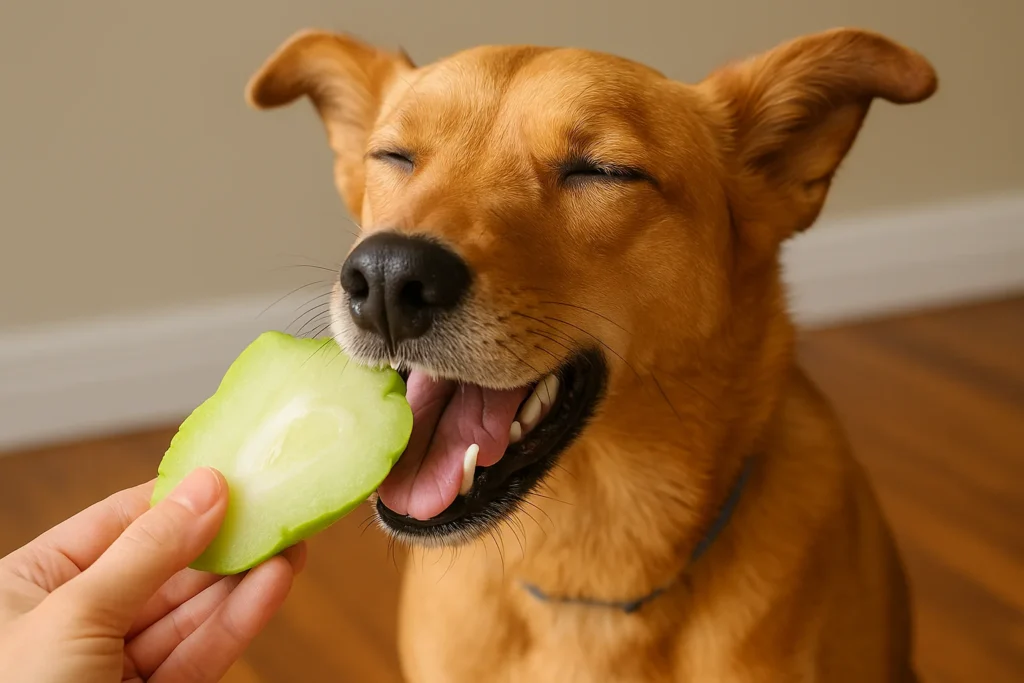

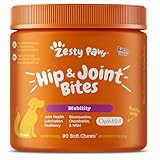




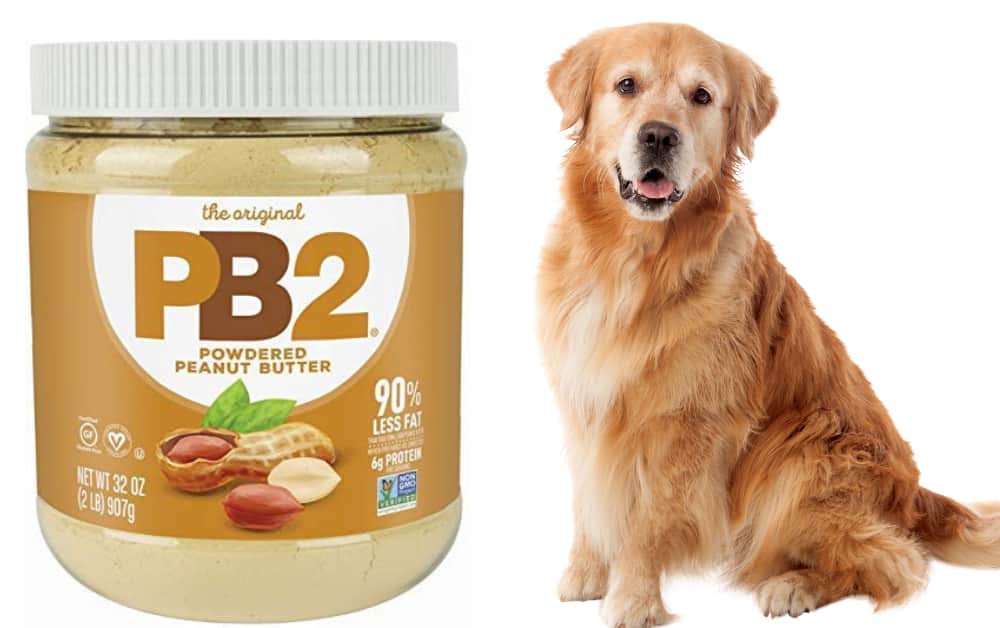
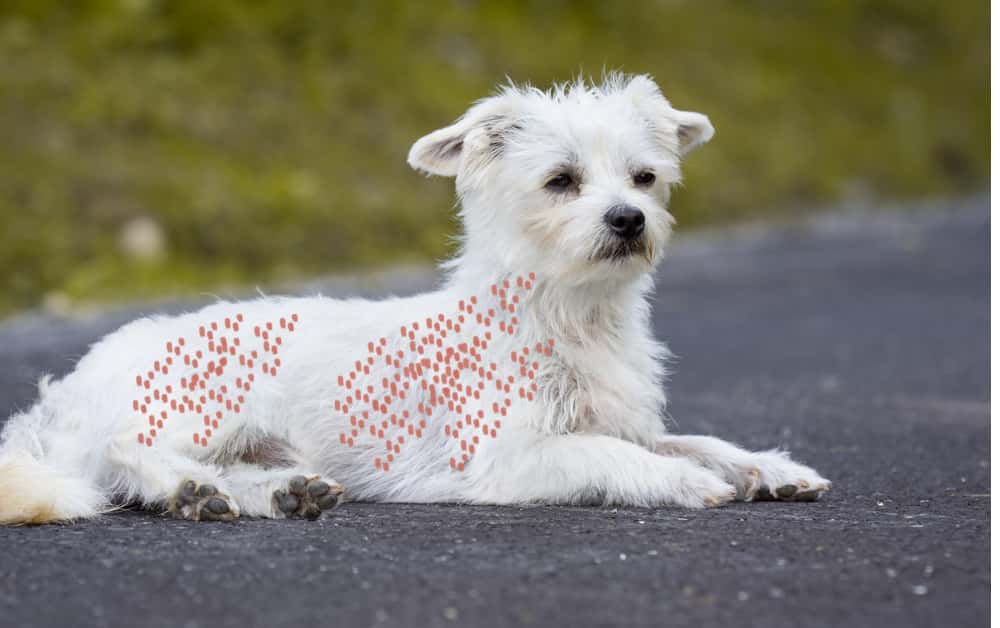
![Can Dogs Eat Blood? 7 Side Effects [Expert Opinion]](https://petskor.com/wp-content/uploads/2022/04/Webp.net-resizeimage-12.jpg)
